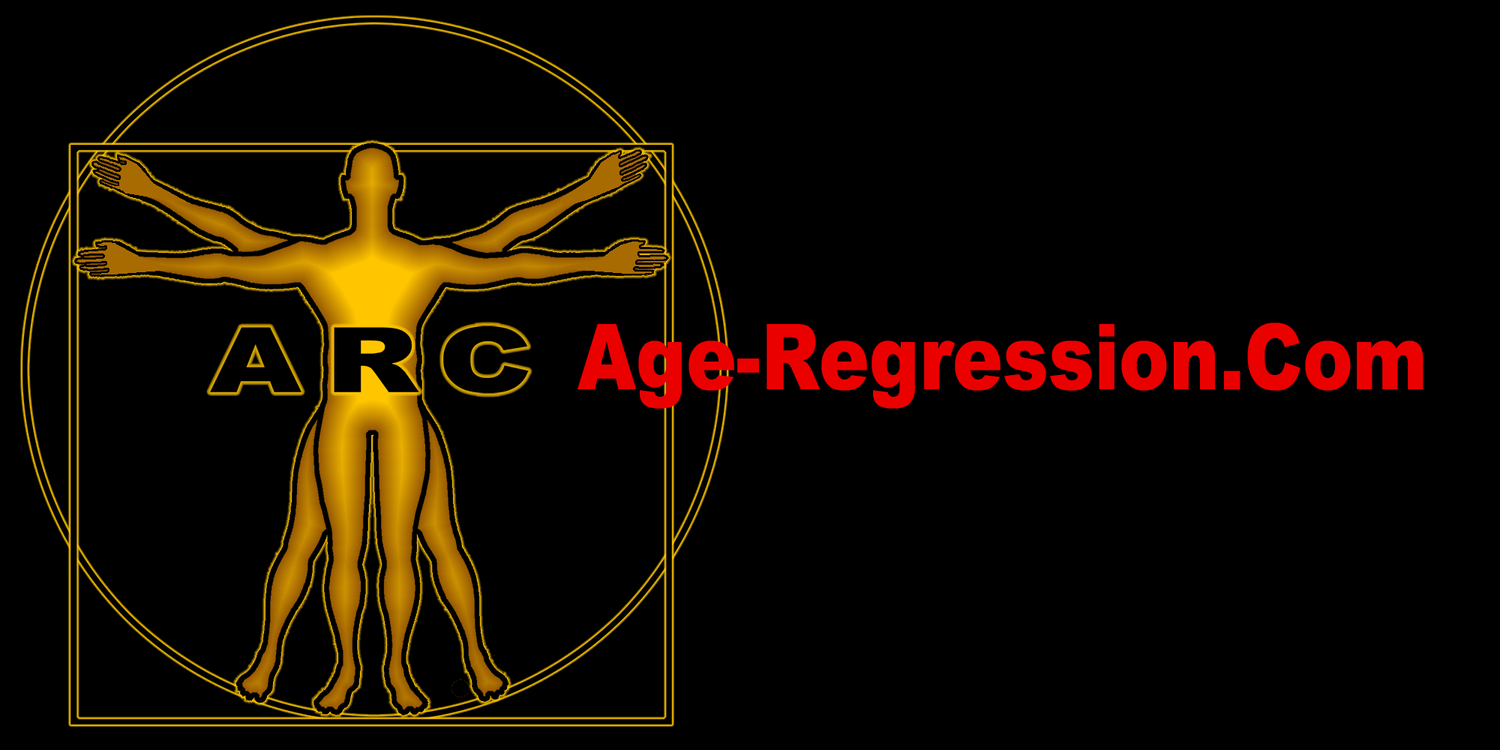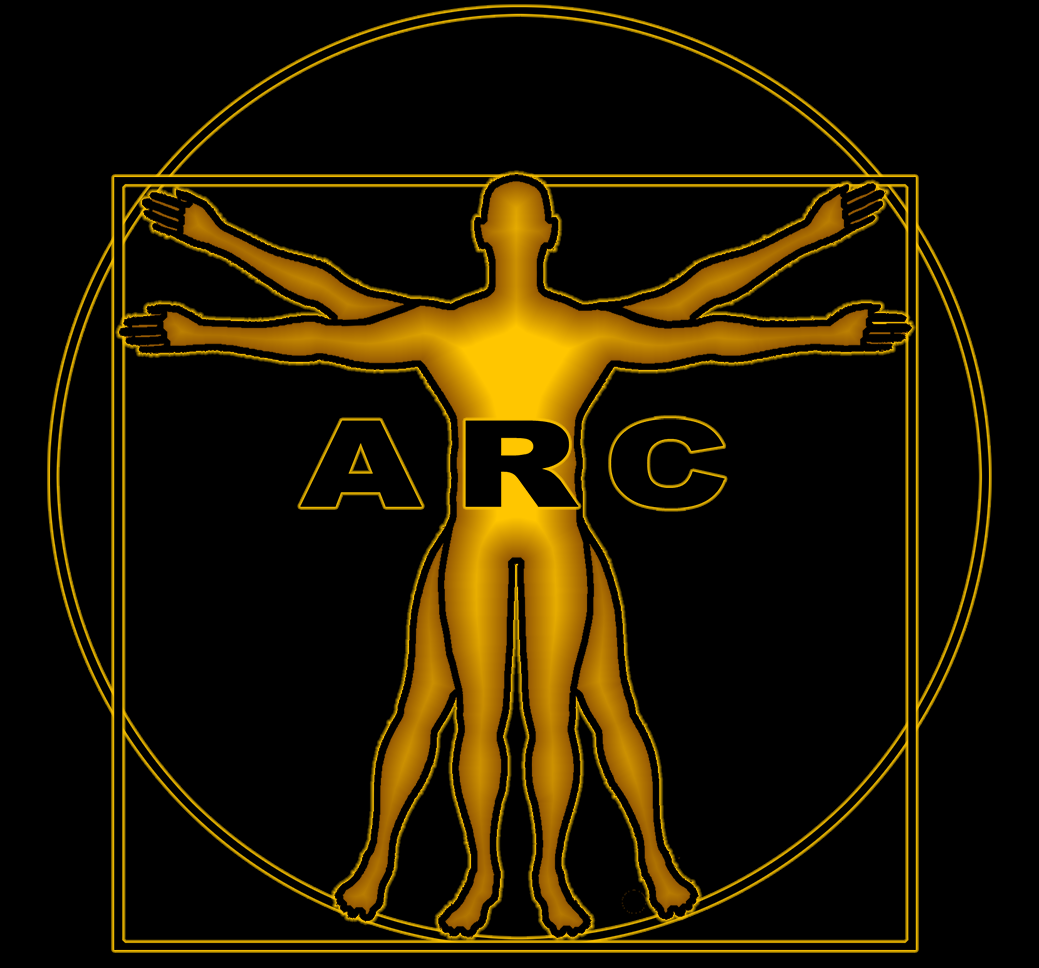
Is Aging a Disease?

180 BC; 2203 Years Ago:
“Senectus ipsa est morbus”
“Old Age is Itself a Disease”
Terentius Afer
Roman comic playwright (195-159 B.C.)
2022 AD
“If you make an organism young again, diseases just go away, because; the diseases of aging are caused by aging.”
Click [√ to Enlarge]
Click [√ to Enlarge]
Link to David’s presentation is here.
Cause and Effect / Aging or Disease?
[2018] Measuring and modeling interventions in aging
[√] Click to Enlarge
Aging is a significant cofactor to developing a wide variety of diseases, but aging is not, in and of itself, a disease. As you will see later in this section, aging vs disease, becomes a distinction without a significant difference, bringing Afer’s, 2200 year old quote closer to being an accurate, even prophetic declaration. The connection between aging and diseases are so strong that almost all noncommunicable diseases are referred to as diseases of aging. (See chart on right) Among the strongest connections are Inflammaging, a significant risk factor for chronic kidney disease, diabetes mellitus, cancer, depression, and dementia; Cardiovascular disease; Strokes and Heart Attacks, Cancer; Neurodegenerative diseases, such as Alzheimer’s; Autoimmune diseases, such as Osteoarthritis; Musculoskeletal disorders, such as Osteoporosis and Sarcopenia.
Click [√] to Enlarge
[√] Click to Enlarge
It has also been determined that many diseases accelerate aging in and of themselves. This includes, but is not limited to cancer, diabetes, neurological diseases and chronic viral infections like hepatitis and HIV. Indeed, all disease processes, increase inflammation and can misdirect the network signaling milieu of normal, healthy immunological processes and cells.
Why is the system that controls our health running amuck and facilitating disease as
opposed to health? One of the competing descriptions of aging provides possible insights. Multiple papers have described aging as the continuation of the development protocol. One that becomes incrementally and progressively destructive because it is now driving the development process, in a system whose development has already been completed. Much like physical exertion after your energy stores are exhausted, if the process is not abated it will ultimately end in damage and destruction.
Click [√] to Enlarge and to Expose Molecular/DNA Disease Pathway Map Source: []2021 DNA damage—how and why we age?
Venn Graph of Aging and Disease Overlapping [√] Click to Enlarge
A more likely explanation is; Age is defined by a large set of chemical and biological messengers (chronokines) directing molecular pathways and networks. Diseases can be defined as subsets within each larger aging network. You can view this as a tree like structure with the age progression as the trunk and limbs, and diseases as the small branches and leaves. The roots of this analogy are the development/growth/maturation protocol of a developmental spectrum that ranges from conception to pre-pubescent youth. As the youthful signals diminish and aging signals increase within these networks, the disease-causing subsets are now primed by a new signaling cascade that enables/drive noncommunicable diseases. So, subsets of age defining networks are creating or facilitating the molecular environment that enable diseases, but as subsets, the emerging disease states are also directly communicating/indicating an advancing biological age state. A new treatment paradigm will emerge from this insight. Targeting the aging pathways that a specific disease occurs within, is likely to be one of the most effective disease ameliorating interventions available to practitioners in the near future. The most effective disease preventative intervention will ultimately be just targeting aging in and of itself.
⫸ From a biological perspective, aging is a natural, multi-factorial phenomenon characterized by the accumulation of degradation processes, which in turn are supported by multiple changes and damages within molecular pathways (1). Such changes and damages will eventually impair the functions of cells and tissues. Therefore, aging is the most serious risk factor for almost all noncommunicable diseases, including cardiovascular diseases, tumors, diabetes and neurological diseases. ⫷ [1]
Image source: Classifying aging as a disease in the context of ICD-11 [12]
The image above provides a subtle but distinct variation on the aging / disease paradigm that this site subscribes too.
It is now evident that an increased age, dramatically increases susceptibility to acquiring a disease of aging, and acquiring a disease of aging creates an immunological and systemic, window-of-opportunity, to acquire another disease, again accelerating the age-state of the individual. More aging equates too more disease, more disease equals more aging. This destructive, synergistic cycle does not continue unabated. It has a finite, irresolvable and ignominious, endpoint. Death is the ultimate negative consequence of aging. Disease is the deleterious mechanistic agent that delivers us to that final biological end-point.
“Comorbidity is common as age increases, and currently prescribed treatments often ignore the interconnectedness of the involved age-related diseases. The presence of any one such disease usually increases the risk of having others, and new approaches will be more effective at increasing an individual’s health span by taking this systems-level view into account.” George M. Church [14]
“Human and animal longevity is directly bound to their health span. While previous studies have provided evidence supporting this connection, therapeutic implementation of this knowledge has been limited. Traditionally, diseases are researched and treated individually, which ignores the interconnectedness of age-related conditions, necessitates multiple treatments with unrelated substances, and increases the accumulative risk of side effects.” George M Church et al. 2019
A 2019 article [13] has examined the impact of targeting biological aging directly, as opposed to individual diseases. The graphic illustration below demonstrates the dramatic impact that switching the research/treatment focus has on increasing health-span and lifespan.
Click [√] to Enlarge
The next statement may be met with some skepticism or debate, but the description of the connection between aging and disease provided above, underscores that the two are a intrinsically linked continuum and there is no objective distinction amid the driving process between the two.
“Aging, diminishes functionality, increasing morbidity, leading to diseases, ultimately resulting in death.
Thus:
Aging is not a disease, Aging is the disease!”
I am certainly not the only individual to believe or propose that aging is a disease.
“The most important change that has occurred in this field is to begin to consider aging as a disease, as something that can be manipulated. In mice it has been reversed, it has been possible to make them live longer, even to make an old mouse young again. That was science fiction 10 years ago,” he said at the time. “I imagine that if it can be done in a mouse it can be done in humans. It will be more difficult, but I think there will be anti-aging therapies in the relatively near future, in 10, 20 or 30 years. I doubt that will make us immortal, but we’re heading in that direction.” Manuel Serrano [11]
⫸ A debate exists on whether aging is a disease in itself. Some authors suggest that physiological aging (or senescence) is not really distinguishable from pathology (273), while others argue that aging is different from age-related diseases and other pathologies (274, 275). It is interesting to stress that the answer to this question has important theoretical and practical conse- quences, taking into account that various strategies capable of setting back the aging clock are emerging (276–278). The most relevant consequence is that, if we agree that aging is equal to disease, all human beings have to be considered as patients to be treated, being an open question when this treatment should start. As we tried to summarize in this review, many mechanisms proposed to cause aging are the same as those known to underlie ARDs/GSs, lending support to the hypothesis that the aging phenotype and ARDs/GSs are not separate entities but rather the visible consequences of the same processes which likely proceed at different rates.
Within this conceptual framework, it can be somehow puzzling to pigeonhole the phenomenon of longevity, which is a peculiar manifestation of aging. Longevity can indeed be considered the consequence of successful aging. So, why the same molecular mechanisms should lead to successful aging and longevity on one side and to unsuccessful aging and ARDs on the other? To further complicate the picture there is another important aspect, not discussed in this review, that should be, however, taken into account, i.e., the influence of gender on aging, longevity and ARDs. It is known that females have a survival advantage in advanced age, paradoxically characterized by a worse quality of life (279). In fact, females have an increased prevalence of many ARDs, in particular degenerative diseases and consequently an augment of disability. Therefore, men and women follow different trajectories to reach extreme longevity, have a diverse quantita- tive chance to attain longevity and the aging process is likely qualitatively different between genders (280). Several studies have also shown that sex hormones play a role in the host–microbiota interaction. Indeed, the term “microgenderome” defines the potential mediating and modulatory role of sex hormones on GM function and composition with implication for autoimmune and neuroimmune conditions (281). ⫷[3]
The mystery and controversy of the didactic statement that Aging is a disease, is eliminated by multiple papers that have identified the molecular pathways that are associated with both specific diseases and the aging process:
Strong correlations between protein concentrations and diagnosis of disease have long been established. The exact same statement can be made for genetic/epigenetic changes. It is now evident that many of the same disease associated proteins and genetic shifts are subsets of markers of age progression. The connections are not tenuous.
Understanding the connection between aging, disease and death exposes an important interventional, axiomatic caveat:
“Regressing your Biological Age-Set-Point, is both a prophylactic and disease ameliorating intervention that extends health and life.”
This leads us to the next obvious question: can aging really be reversed? We now know from multiple research groups that it can be. What we don’t know, at least not yet, is what is the long term practical utility of short term movements, in a favorable direction, of your BASP. A definitive answer to that question will take many years. The first confirming clinical observations will be improvements in quality of life measures accompanied by improvements in laboratory markers associated with aging. (See: Biomarkers Overview) Additionally a dramatic reduction in the incidence of diseases in the older populations actively pursuing these interventions will provide strong conformation. A reduction in the incidence of disease in an older population is now referred to as increasing health-span. This is an irrefutable connection between improvements in health-span and increases in lifespan.
Treating aging as a disease by individuals, scientist and regulatory agencies will produce dramatic long term reductions in healthcare cost. Governmental cost to support healthcare / medicare, you or your companies cost to have insurance, reduced burden from taxes will all have a substantial, positive impact on the economy. [9]
REFERENCES:
[1] 2021 Common genetic associations between age-related diseases
[2] 2021 Epigenetics of Aging and Aging-Associated Diseases
[3] [2018] The Continuum of Aging and Age-Related Diseases: Common Mechanisms but Different Rates
[4] Disease-Aging Network Reveals Significant Roles of Aging Genes in Connecting Genetic Diseases
[5] 2020 Data mining of human plasma proteins generates a multitude of highly predictive aging clocks that reflect different aspects of aging
[6] 2020 Correlation analyses between age and indices in routine blood laboratory tests suggest potential aging biomarkers
[7] 2021 Amino Acids, Nutritional Supplements, Hormones and Small Molecules
[8] Disease-Aging Network Reveals Significant Roles of Aging Genes in Connecting Genetic Diseases
[9] [2021] The economic value of targeting aging
[10] [2015] It is time to classify biological aging as a disease
[11] [2021] Silicon Valley start-up funded by billionaires hires top ‘anti-aging’ experts
[12] [2015] Classifying aging as a disease in the context of ICD-11
[13] [2022] It is Time to Embrace 21st-Century Medicine
[14] [2019] A single combination gene therapy treats multiple age-related diseases
ADDATIONAL READING:

Next page in chronology:
Stratgie for Developing an Effective Treatment Stratgie/Schedule


